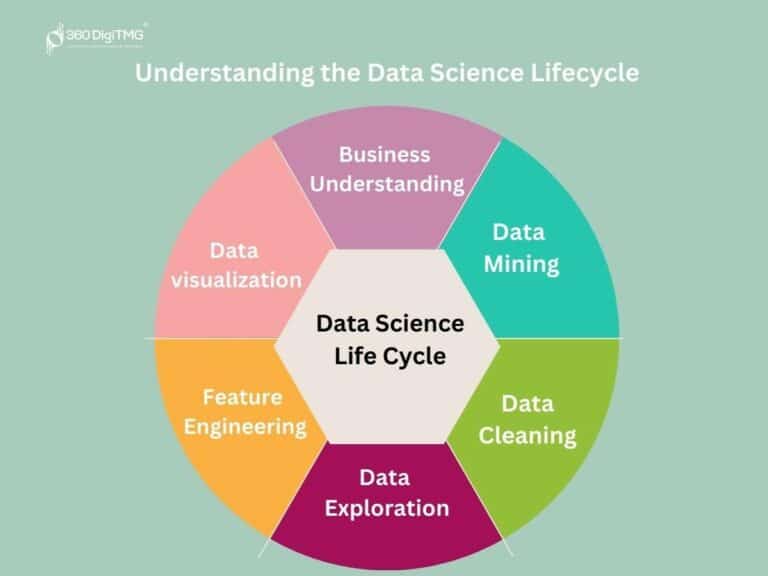Butterfly valves have become a staple in modern industrial automation due to their versatility and efficiency in flow control. They can seamlessly adjust flow rates in a pipeline by pivoting a disk around an axis, a functionality driven by either manual actuation or more advanced automated systems. As industries continuously seek improved operational efficiency and reduced overheads, the question arises whether butterfly valves can be effectively integrated into automated process control systems. The answer is a resounding yes. With the advancement in automation technology, including electric and pneumatic actuators, butterfly valves are now frequently equipped for automation across various applications ranging from wastewater treatment to the food and beverage industry.
The integration of automated butterfly valves into process control systems brings a level of precision and reliability that manual operation cannot match. High-performance materials and design ensure that butterfly valves can withstand the demands of different pressure and temperature scenarios. This robustness is matched by the precision actuation technology provides, enabling valves to respond to the smallest of adjustments in control signals. As automation continues to penetrate every facet of industrial operations, facility managers and engineers are increasingly recognizing the value that automated butterfly valves bring to the table: enhanced process stability, optimized flow control, and minimal need for human intervention.
Key Takeaways
- Automated butterfly valves enhance flow control precision.
- Robust designs make them suitable for various conditions.
- Integration into automation systems reduces manual intervention.
Butterfly Valve Types and Mechanisms
Transforming the flow of fluids in industrial systems hinges on the right valve choice. Butterfly valves stand out due to their versatility and efficiency in process control systems.
Understanding Butterfly Valve Design
The essence of a butterfly valve lies in its simplistic yet effective design. This quarter-turn valve consists of a disk, the butterfly, which is mounted on a rod. When the valve is closed, the disk is turned so it completely blocks off the passageway. When open, the disk is rotated a quarter turn to allow an almost unrestricted passage of the fluid. This design makes them suitable for various applications ranging from simple shut-off service to precise throttling.
Comparing Concentric and Eccentric Valves
Butterfly valves come in different types, each suited to specific applications. The most straightforward design, the concentric butterfly valve, features a disc with its center of rotation coinciding with the center of the pipeline. They are notably cost-effective and straightforward to maintain, lending themselves well to low-pressure applications.
However, in systems with higher pressure or temperature demands, eccentric valves offer enhanced performance. Double-offset and triple-offset valves, where the disk’s center of rotation is positioned away from the centerline of the valve body, reduce the wear on the valve seal, thus extending the valve’s life—a critical factor for treatment and cleaning processes.
Actuation Methods and Devices
Actuation plays a crucial role in integrating butterfly valves into automated systems. Pneumatic actuators, electric actuators, and hydraulic actuators translate control signals into valve position, adjusting the flow swiftly and precisely. Each actuator type brings its strengths—pneumatic being fast and reliable, electric offering fine control and feedback, and hydraulic being powerful for high-torque applications.
Manual valve operation is suitable for simpler or backup scenarios, but when regular or intricate adjustments are needed, automation through an actuator is essential. Valve actuator selection criteria should be carefully considered, optimizing for the specific needs of your system’s flow control, whether for minimal maintenance, precise control, or durability.
Integration and Control in Automated Systems
Incorporating advanced control devices and communication protocols, you can significantly enhance the precision and efficiency of your process control with butterfly valves. The integration of these valves into automated systems requires careful consideration of control mechanisms and maintenance aspects to ensure performance and cost-effectiveness.
Achieving Precise Control with Positioners and Sensors
Implementing positioners and sensors in your automated control system contributes to precise control of the butterfly valve’s position. For example, a positioner can finely tune the valve’s position in response to a control signal, ensuring accuracy in flow rates and pressure recovery. Pneumatic valve actuators, often combined with sensors such as proximity switches or limit switches, provide feedback on the valve’s actual position, enabling your system to make real-time adjustments. This setup is critical in applications with specific cycling requirements, where precision in quarter-turn flow control translates to efficiency gains and reduced operational costs.
Communication and Control Signals
Your automated butterfly valves use various control signals to operate, including electric, pneumatic, or hydraulic actuation. The choice of actuation often depends on the existing piping systems and the specific application’s requirements. Electric valve actuators are suitable for precise and quick responses, while pneumatic actuators are chosen for their reliability and simplicity. With the right communication protocols—such as 4-20mA, HART, or Fieldbus—your automated valves can integrate seamlessly into the larger control system, ensuring consistent and accurate performance.
Maintenance and Cost Considerations
Regular maintenance is vital to prevent unscheduled downtime and extend the longevity of your process control system. For a butterfly valve, considerations include inspecting the seals and actuators, and examining the wear on moving parts. While maintenance costs can accumulate, choosing the right valve with proper instrumentation can greatly reduce the lifecycle costs. Tools such as reed switches and pressure sensors can monitor system performance and predict maintenance needs. Additionally, an upfront investment in robust control devices may lead to lower maintenance costs over time. This proactive approach ensures not just cost savings, but also consistent system stability and efficiency.
Conclusion
Butterfly valves have proven their capacity for seamless integration into automated process control systems, meeting a broad spectrum of industrial needs. Easy automation means you can enhance operational efficiency and reliability by reducing the need for manual intervention. With the availability of various actuation methods, your systems benefit from precise control and rapid response to changing conditions. Ensuring proper maintenance is key to maximizing the longevity of your butterfly valves within these automated setups.












